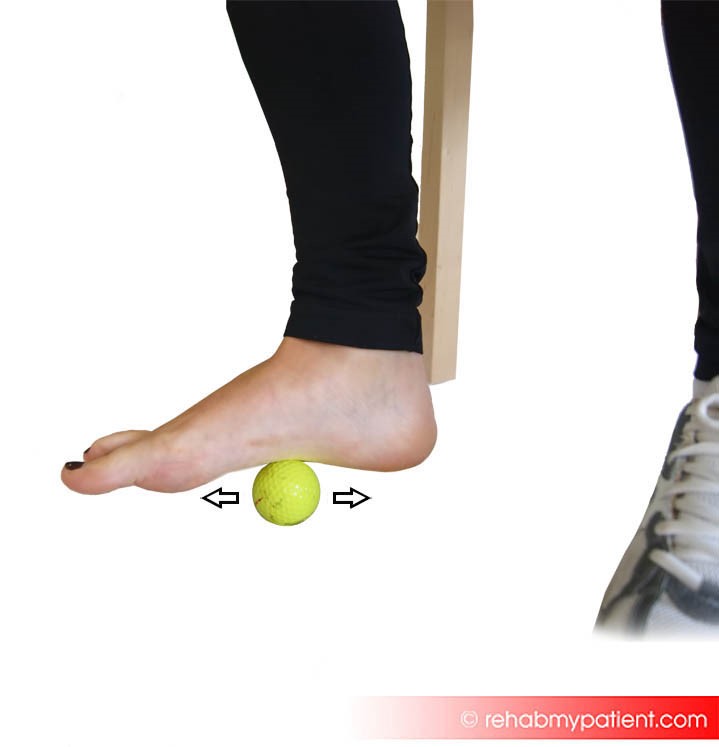
Plantar fasciitis tends to be the most common causes of heel pain. This plantar fascia is a flat band of tissue that connects the toes and the heel bone together. It supports the arch in your foot. When the plantar fascia becomes too tight, or short, it can pull against your heel bone causing pain and inflammation. Your heel will end up hurting whenever you walk or run.
The condition is most common in middle-aged individuals. It can also occur in younger individuals who are on their feet for long periods of time, such as a soldier or an athlete. It can also affect children who do a lot of long distance running. You can get the condition in one foot or both feet.
Repeated over-activity and shortening to the plantar fascia can cause tendonitis, pain, inflammation, and can eventually traction against the bone causing a heel spur.
Plantar Fasciitis Anatomy
The feet are full of flexible structures consisting of bones, muscles, ligaments, joints and other soft tissues that allow you to stand upright and perform activities such as running, walking and jumping. Three sections make up the feet:
- The forefoot contains five longer bones and five toes.
- The midfoot is a collection of bones forming arches in the feet. These include three cuneiform bones, the navicular bone and the cuboid bone.
- The hind foot is composed of the ankle and the heel. The talus bone supporting the leg bones form the ankle. The heel bone is the largest out of all the bones in the foot.
Tendons, muscles and ligaments run along the surface of the feet, which allows all of the complex movements that are needed to maintain balance and motion. The Achilles tendon connect the calf muscle to the heel, which is essential for jumping, running and being able to stand on your toes.
How to Treat Plantar Fasciitis:
- Rest
Give your feet adequate time to rest and recover from the injury. Reduce participation in activities that cause the foot to hurt. Avoid running or walking on any hard surfaces.
- Ice
To help reduce swelling and pain, try using ice on your heel. Place the ice bag on the floor and simply leave your heel on it. Apply ice to the affected area for 5-10 minutes at a time three to five times per day. Make sure to wrap the ice in a thin towel to prevent an ice burn from occurring.
- Get New Shoes
Buy yourself a new pair of shoes. Make sure and choose shoes that have a cushioned sole and good arch support. Shoe inserts and heel cups also work well, but only under the advice of your therapist. If you are a keen sportsperson or runner, go to a specialist running shop to get your gait and foot position checked.
- Get Some Treatment
Manual treatment can be really useful to stretch the plantar fascia. Exercises to the arch of the foot can help stabilize the foot, and reduce tension in the plantar fascia. Sometimes using a golf ball or squash ball under your foot and massaging your sole can help too. Electrotherapy, such as LASER, ultrasound or shockwave therapy can also help break the inflammation over the heel, and stimulate a healing response.

Tips:
- If you are overweight, you might want to try losing a few pounds to take the added stress off your foot.
- For those who have flat feet or high arches, the likelihood that you will get the condition is increased over those with normal arches.
- Make sure your shoes fit properly and they aren’t worn out, especially if you are a long distance runner.
- Try to minimize the amount of time you spend standing, walking or running on hard surfaces.
- Follow the stretching plan advised by your therapist. Stretches to the the calf muscles and Achilles tendon can help. Also plantar fascia stretches using a golf ball under the sole of the foot may provide some relief, but again follow the recommendation of your therapist.
Sign UP
Sign up for your free trial now!
Get started with Rehab My Patient today and revolutionize your exercise prescription process for effective rehabilitation.
Start Your 14-Day Free Trial